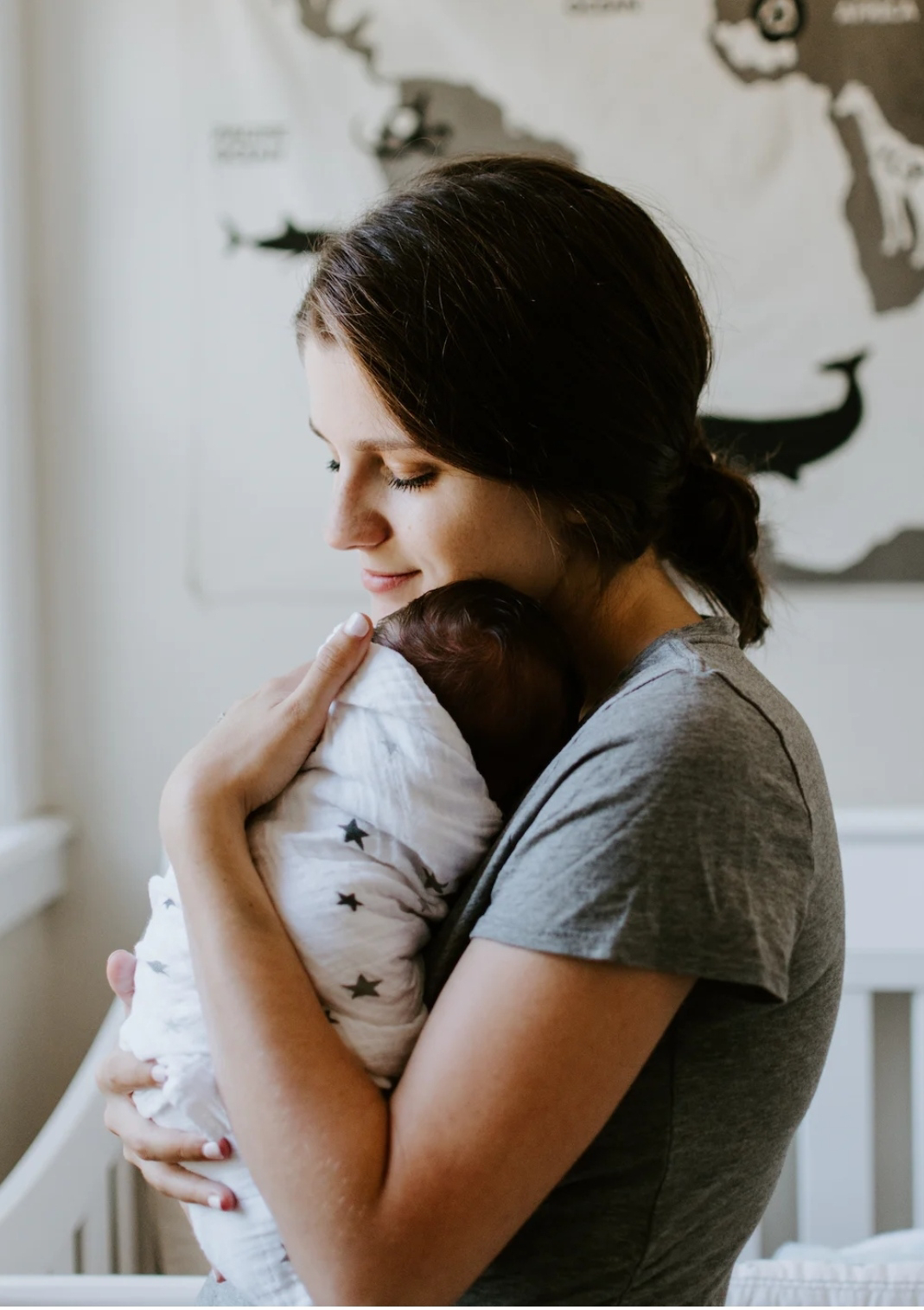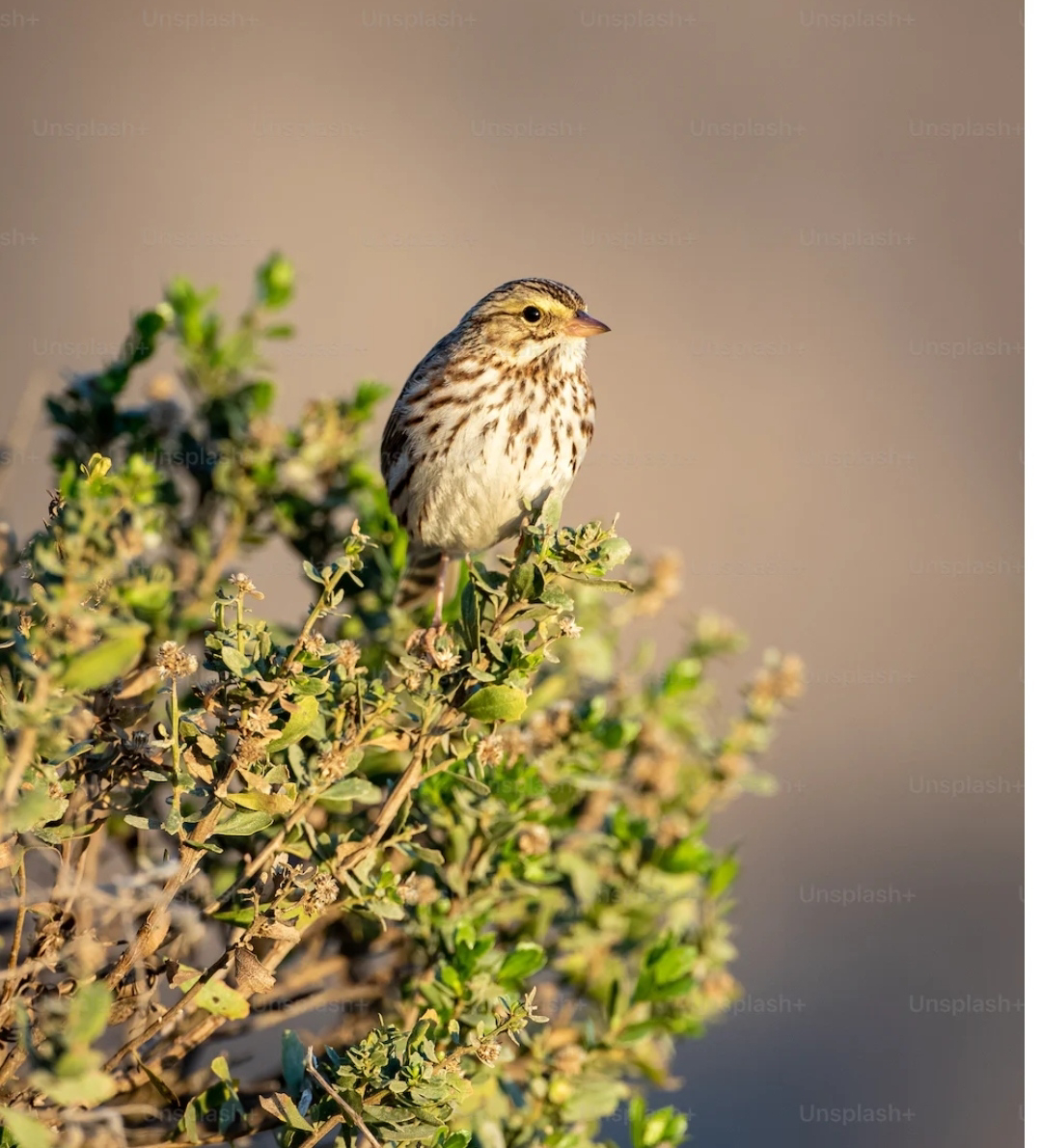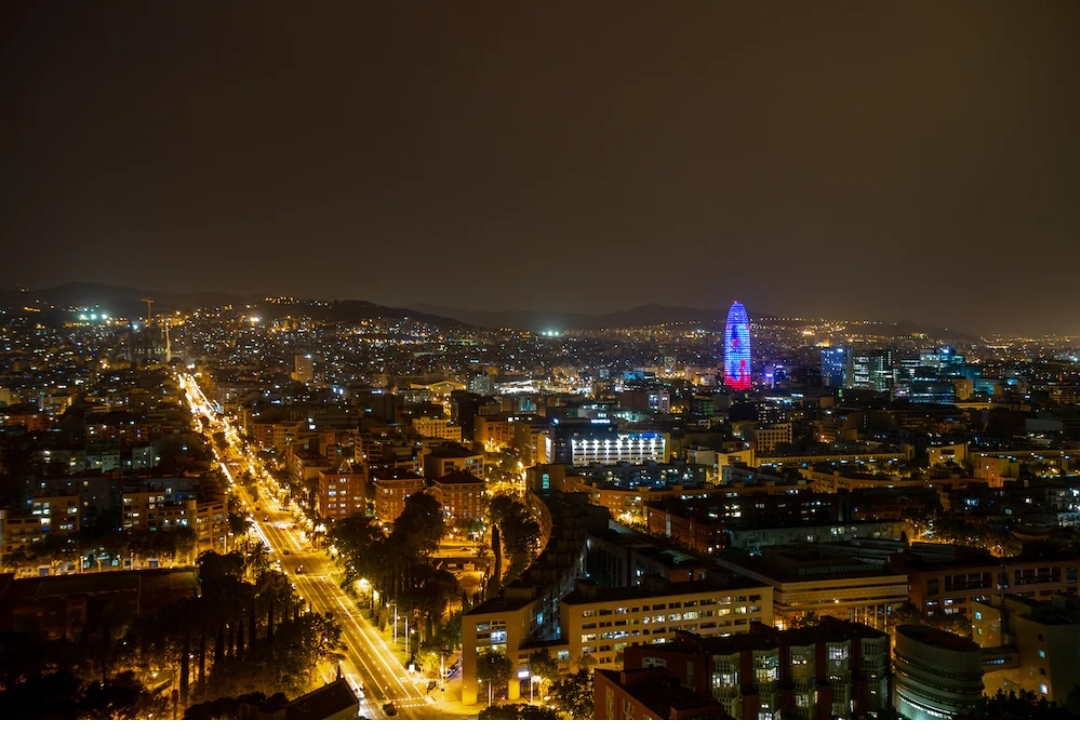Naga - Mandala by Girish Karnard summary

Naga - Mandala by Girish Karnard Naga-Mandala" is a play set in a village, written by Girish Karnad. The story revolves around Rani, a young woman in an unhappy marriage. One day, she discovers a cobra trapped in a termite mound near her house. She starts talking to the snake, considering it to be her husband, and names it Naga. To her surprise, Naga transforms into a handsome young man every night. Rani develops a deep emotional connection with him, finding solace and happiness in this mysterious relationship. However, during the daytime, Naga returns to his snake form. The play delves into themes of desire, love, and the blurred lines between reality and imagination. As the story progresses, Rani's husband becomes suspicious of her behavior, and the village is captivated by the rumors surrounding the snake-man. The narrative also involves a storytelling character named Appanna, who reveals the legend of Naga-Mandala, a cursed princess who falls in love with a sh












